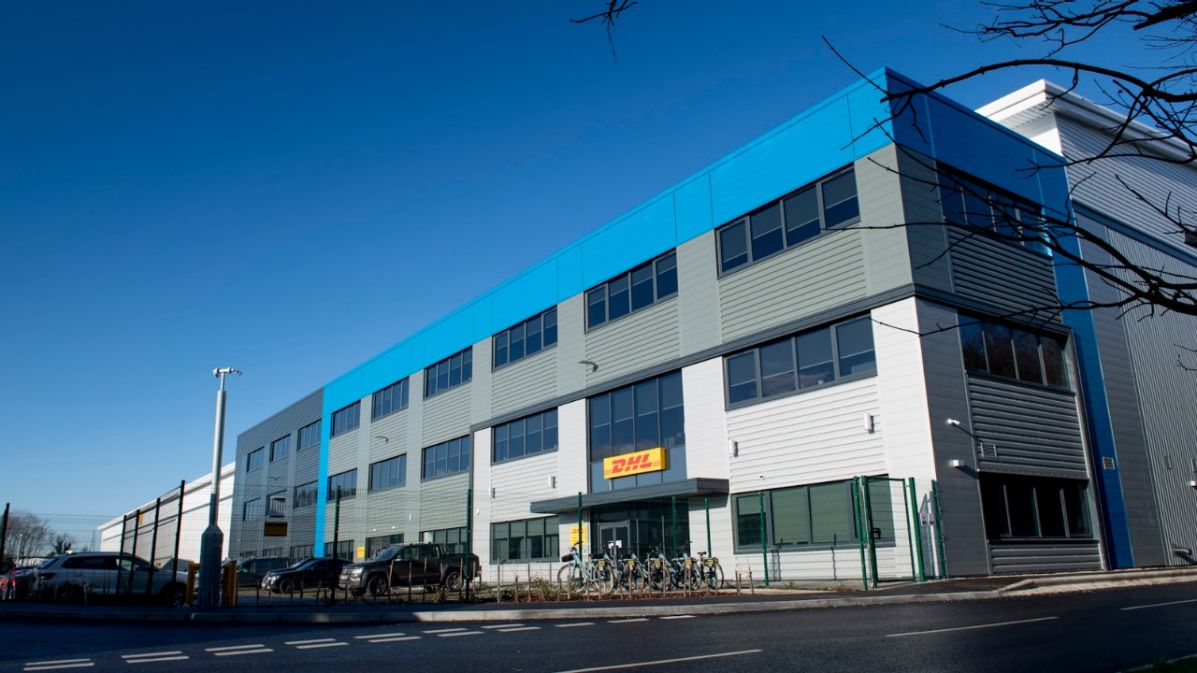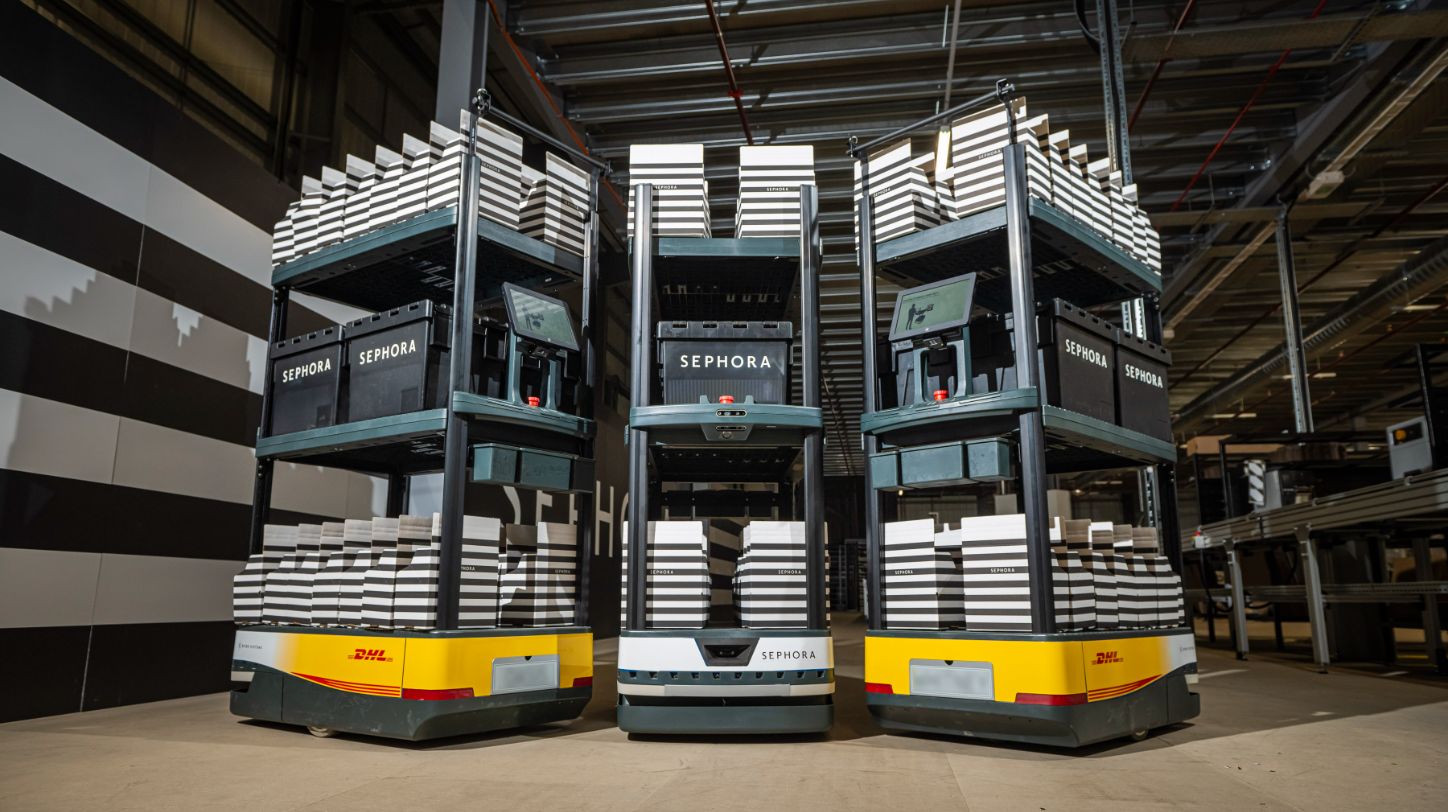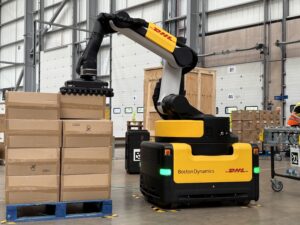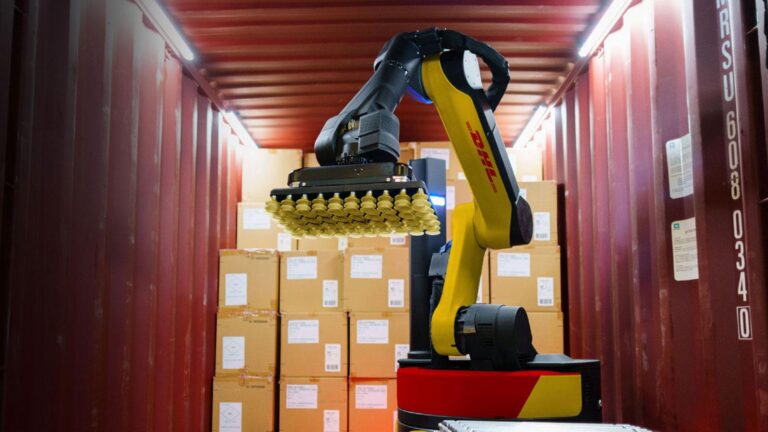Logistics Manager recently paid a visit to DHL’s facility in Coventry to gain a deeper understanding of its logistics and fulfilment operations for make-up and beauty retailer Sephora, one year on from the announcement of the two companies’ partnership.
Sephora appointed DHL Supply Chain as its lead logistics provider last year, on a five-year contract that meant DHL would be responsible for ‘warehousing, e-commerce fulfilment and Sephora’s UK transport network’.
Operational since July 2024, DHL’s 900,000ft² Cross Point facility in Coventry is a shared-user site, with an entire floor dedicated to Sephora. This single facility is responsible for servicing the retailer’s whole UK logistics operation.

The building itself has achieved BREEAM ‘Outstanding’ certification, and features an air source heat pump which provides all the warehouse and office heating and cooling requirements. This, DHL says, saves approximately 135 tonnes of CO2 annually compared to a gas-powered system.
In addition, 3,000 solar panels, supported by a custom onsite battery storage system developed by DHL’s in-house digital manufacturing team, provide over 40% of the site’s electricity. The site also features 30 electric vehicle charging spaces and uses all-electric material handling equipment as well as a brand new fully electric tug.
At the heart of DHL’s warehousing operation for Sephora are autonomous mobile robots (AMRs). The model used on-site is the Chuck AMR from Ocado Intelligent Automation (formerly 6 River Systems).

These robots follow operators around as they pick goods to form batch and single-item orders. Each robot features a pick-to-light system, which provides operators with the product code, a designated colour code corresponding to the item’s location, and a visual representation of the item itself.
Lights on the robot show the operator where an item should be placed once it has been scanned. Items that form part of a larger order are places into separate boxes, while individual items for single-item orders are placed into a tote to be packed separately.
If an incorrect item is scanned, the AMR lights up red to notify the operator of an error, which they can then identify and rectify.
This isn’t the only form of automation in use at the site. Additional automation features include autonomous cleaning robots, a mobile wrapping robot and a dimension system to automatically measure the dimensions and volume of parcels and pallets for faster categorisation and sorting.
Approximately 7,000 e-commerce orders per day are processed at the Coventry site. 62% of orders can fit within smaller boxes. The packing process for these boxes is fully automated, and more 600 orders can be packed each hour. There are currently two automated packing stations in operation, but this can be increased to four during peak seasons.
For larger boxes, the packing process is manual, and approximately 30 to 60 orders are packed each hour. Multiple value-add services are available for these orders, including specialist gift wrapping, as well as different packaging for Jo Malone products.
The warehouse operates 24/7, and last year Sephora was able to maintain its next-day delivery offering even during the Black Friday peak.
DHL is set to launch UK logistics operations for another big name in this space – Estée Lauder – in February 2026, and its operational model for the Sephora brand will serve as a blueprint for this.

DHL Supply Chain also took the opportunity on-site to showcase the latest technology it has invested in and begun to deploy in the UK – Stretch robots from Boston Dynamics.
The company announced in May 2025 that it has signed a strategic Memorandum of Understanding (MOU) with advanced robotics manufacturer Boston Dynamics to deploy ‘more than 1,000′ robots across the globe.
Currently, 10 Stretch robots have been deployed in three different countries: the UK, Germany, and the USA. These robots can be used for both unloading and palletising, and two have been deployed in DHL’s Daventry facility in Northamptonshire.
While roughly 300 cases per hour can be unloaded by humans, a Stretch robot can unload 600 to 800 per hour. And as they are not fixed to the ground, they can be moved around a warehouse – and between facilities – to best suits the business’ needs at any given moment, responding to fluctuations in volume and demand.
The Stretch robot requires no cables, and has up to a 16-hour battery life.
Saul Resnick, UK&I CEO at DHL Supply Chain, told Logistics Manager that the motivation behind investment in this kind of technology is not because it “looks cool and trendy”, but because it supports the company’s ambitions, offers “long-term benefits for colleagues” and is set to provide a solid return on investment.
“Where it makes sense, we will deploy these at scale,” he explained.
When asked about the potential for robots to replace human roles in warehouses, Resnick commented that people will continue to be an integral part of DHL’s Strategy 2030 to “accelerate sustainable growth”.
“We continue to grow,” he said, “We will need a lot more people than we currently have to support that ambition.” On the matter of humans versus robots, he concluded: “It’s not one or the other, [one] complements [the other].”
Outside of retail, DHL Supply Chain recently announced plans to invest £550 million in expanding its infrastructure and accelerating the roll-out of automation across its customer operations in the UK and Ireland, to support growing demand in the e-commerce and life sciences healthcare sectors.







